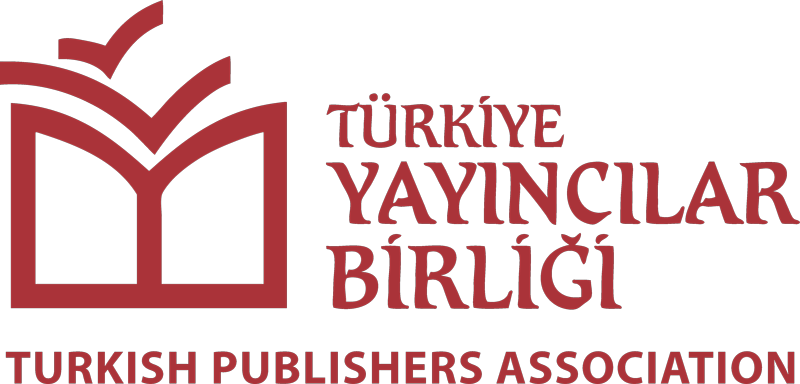The coping mechanism by Yazidi female survivors and their problems inside camps-Duhok
DOI:
https://doi.org/10.55094/hoec.1957Anahtar Kelimeler:
Qaida- Social Problems- Yazidi- Survivors- Coping MechanismÖzet
Yazidi young women survivors have different kinds of social problems and adapt to their issues in different ways inside camps. This study was conducted in four Internal Displacement Person camps. The research aims to determine how survivors adapted to society after their liberation. Then, identify appropriate programs for them. Social problems and factors that help these women adapt to the community. A descriptive style was used for interviews with a mixed approach. A purposive sample of 36 survivors was selected. Most survivors have psychological disorders, in addition to thinking of missing persons. Young people are more vulnerable to all kinds of violence. Emotional survivors have a sense of surrender; most of the illiterate class survivors have remained in captivity for an extended period of more than three years. The economic situation is terrible because young people have been killed or the elderly cannot get work. The recommendations of the study are to employ female survivors. The provision of medicines for patients because it is a section of survivors take medicine, tracing through international organizations, providing psychosocial support for survivors, and their inclusion in individual psychotherapy intervention groups. The author suggests conducting research with the survivors of women who went to third countries.
İndirmeler
Referanslar
AHMED, A. (2007). Traumatic children and PTSD. Thesis (PHD). Uppsala University.
AL GAZWI, F., UMER, M., KHAZALA, A., & ALZOHIR, J. (2006). Introduction to Sociology.
AL JOHAR, M., & MURSI, A. (2015). Social Problems. African Union.
AL SAFI, M. (2011). Professional skill for social workers.
Birgita. (1999). Course about Traumatic events, Diakonia Orgnization,Duhok.
AJDUKOVIC, D., & AJDUKOVIC, M. (1998). Community-based program in meeting the psychosocial needs of children in resettlement process. Society for Psychology.
BIRTIL. (1999). Copying amongst Palestinian children the effect of culture on copying.
Board of Relief and Humanitarian Affairs. (2016). IDP and refugee in Duhok Governorate, profile and general information. Duhok governorate .103. https://www.icrw.org/wp-content/uploads/2018/07/ICRW_EICMResearchBrief_v4.pdf
Board of Relief and Humanitarian Affairs. (2018). IDPs and refugees in Duhok Governorate Profile and General Information.
DIROK. (2018). Yazidi belief and social structure. Dirok, 18(3), 53.
DOMELI, K. (2016). Al hurra newspaper. 1–25.
GIO, R. (2016). Displacement as challenge and opportunity.
HURMI, H. (2016). Final genocide ISIS genocide for Yazidi peoples.Dar Al Rafidain.First Edition,ISBN:9781988150499.
HURMI, H. (2017). About Islamic state ISIS and genocide against Yazidi peoples.first edition,,Rojhalat publication,Erbil
JASIM, R. (2013). Sabaya, a sociological field study on the returned Yazidis who were kidnapped in Iraq. Thesis (Master). University of Baghdad.
LOYLE, C.E., 2009. Why men participate: A review of perpetrator research on the Rwandan genocide. Journal of African Conflicts and Peace Studies, 1(2), p.4.
MEER, L. (1981). Introduction to social anthropology. 402.
QASIM, A. (2016). Survivors need
İndir
Yayınlanmış
Nasıl Atıf Yapılır
Sayı
Bölüm
Lisans
Telif Hakkı (c) 2023 Holistence Publications

Bu çalışma Creative Commons Attribution 4.0 International License ile lisanslanmıştır.
Yazarlar, makale Journal of Economics'te yayınlanmak üzere kabul edildiğinde .makalenin içeriğindeki tüm telif haklarını, Holistence Publications'a devrederler. Yazarlar, patent hakları gibi telif hakkı dışındaki tüm mülkiyet haklarını saklı tutar.
Bu makalede yazar olarak listelenen herkes çalışmaya önemli, doğrudan, entelektüel katkılar yapmış olmalı ve bunun için kamu sorumluluğu almalıdır.
Bu makale daha once yayınlanmamış ve başka dergilerde yayınlanmak üzere gönderilmemiştir.











